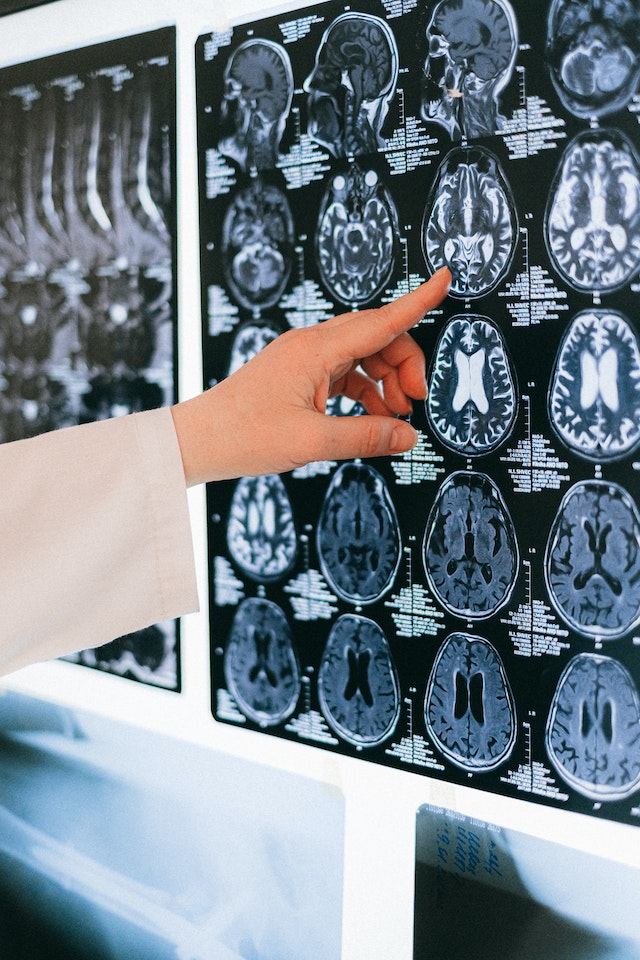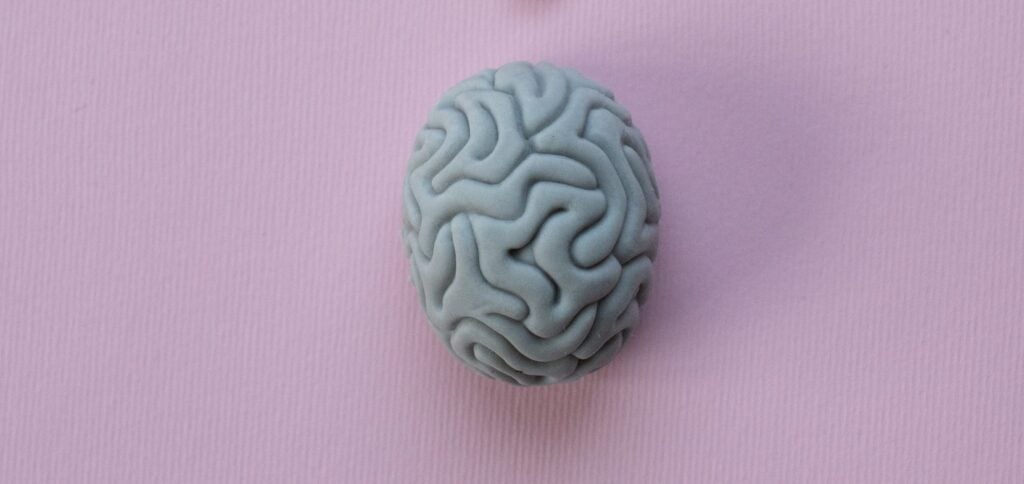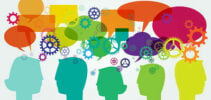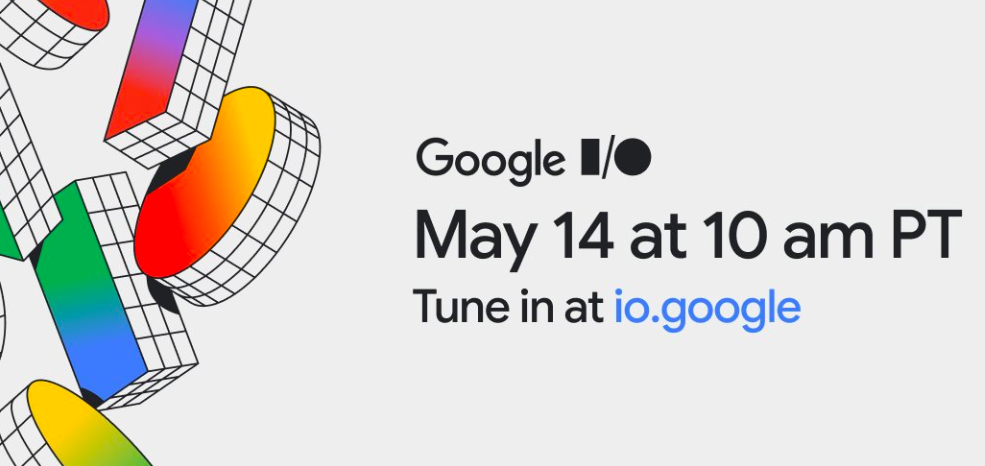The study was published in the journal Nature, one of the most respected scientific publications, on March 9, but has only now begun to circulate in neurodivergence forums.
ADVERTISING
According to a publication on the Weill Cornell Medicine, researchers found patterns of brain connections linked to behavioral traits in people with autism, such as verbal ability, social affect, and repetitive or stereotyped behaviors.
“Like many neuropsychiatric diagnoses, individuals with autism spectrum disorder experience many different types of difficulties with social interaction, communication, and repetitive behaviors. Scientists believe there are likely many different types of autism spectrum disorder that may require different treatments, but there is no consensus on how to define them,” said study co-author Conor Liston, associate professor of psychiatry and neuroscience at Feil Family Brain and Mind Research Institute, Weill Cornell Medicine.
“Our work highlights a new approach to discovering subtypes of autism that may one day lead to new approaches to diagnosis and treatment.”
ADVERTISING
Study carried out for depression was a precursor to research
An earlier study published by Dr. Liston and other colleagues, also in Nature Medicine in 2017, used similar learning methods to identify four biologically distinct subtypes of depression, and subsequent work has shown that these subgroups respond differently to various depression therapies.
Based on this success, the team decided to follow a similar line for autism, which is already known to be a highly hereditary condition associated with hundreds of genes that has a diverse presentation and limited therapeutic options.
“One of the barriers to developing therapies for autism is that the diagnostic criteria are broad and therefore apply to a large and phenotypically diverse group of people with different underlying biological mechanisms,” said Dr. Amanda Buch, postdoctoral fellow associate of neuroscience in psychiatry at Weill Cornell Medicine, also co-author of the study.
ADVERTISING
“To personalize therapies for individuals with autism, it will be important to understand and target this biological diversity. It is difficult to identify the ideal therapy when everyone is treated as equal, when everyone is unique.”
Differences between autism subtypes

Researchers noticed that two groups of atypicals had severe social disabilities and repetitive behaviors, but had excellent verbal skills. Despite some behavioral similarities, researchers discovered completely distinct brain wiring patterns in these two subgroups.
The team analyzed gene expression that explained the atypical brain connections present in each subgroup to better understand what was causing the differences and found that many were genes previously linked to autism.
ADVERTISING
They also looked at network interactions between proteins associated with brain connections: one of them, oxytocin, a protein previously linked to positive social interactions, was a central protein in the subgroup of individuals with higherpromesocial development, but relatively limited repetitive behaviors.
Therefore, for this specific group, the use of oxytocin nasal sprays could have some benefit, which does not work.aria to another group and vice versa.
Next, the team will study the subgroups and possible treatments targeting them in mice, receiving collaboration from other research with human data sets.
ADVERTISING
Read also
* The text of this article was partially generated by artificial intelligence tools, state-of-the-art language models that assist in the preparation, review, translation and summarization of texts. Text entries were created by the Curto News and responses from AI tools were used to improve the final content.
It is important to highlight that AI tools are just tools, and the final responsibility for the published content lies with the Curto News. By using these tools responsibly and ethically, our objective is to expand communication possibilities and democratize access to quality information. 🤖





